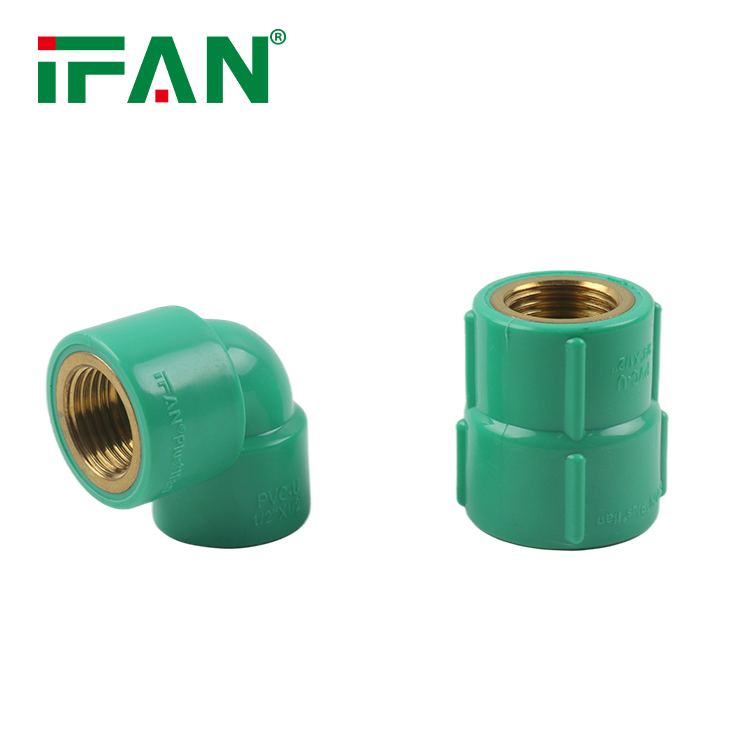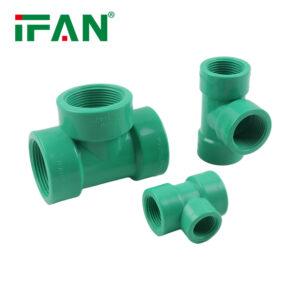Description
IFAN factory 30+ years manufacture experience support color /size customization support free sample.Welcome to consult for catalog and free samples.This is our Facebook Website:www.facebook.com,Click to watch IFAN’s product video.Compared with Tomex products, our IFAN products from quality to price are your best choice, welcome to buy!
Introduction to uPVC Fittings
uPVC (unplasticized polyvinyl chloride) fittings have gained immense popularity in plumbing and construction due to their durability, chemical resistance, and ease of installation. These fittings are essential components that facilitate the connection and flow of fluids within various systems. The versatility of uPVC allows for a wide range of applications, making it a preferred choice for both residential and commercial projects. Understanding the different types of uPVC fittings and their specific applications can help professionals and homeowners make informed decisions about their plumbing needs.
Types of uPVC Fittings
1. Elbows
Elbow fittings are one of the most common types of uPVC fittings used in plumbing. They are designed to change the direction of fluid flow, typically at angles of 45 or 90 degrees. This functionality is crucial in navigating pipes around obstacles or redirecting flow to different areas. For instance, in a residential drainage system, elbows are often used to guide wastewater from fixtures like sinks and bathtubs toward the main sewer line. Their lightweight nature and ease of installation make them an ideal choice for various plumbing configurations.
2. Tees
Tees are another important type of uPVC fitting, allowing for the branching of fluid flow in three directions. This fitting resembles the letter “T” and is particularly useful in systems where multiple lines converge, such as in water distribution networks. In a typical plumbing setup, a tee fitting can connect the main supply line to multiple fixtures, including toilets, faucets, and showers. The ability to branch off without compromising the integrity of the system makes tees indispensable in both residential and commercial plumbing applications.

3. Couplers and Connectors
Couplers and connectors are essential fittings used to join two segments of pipe together. These fittings can vary in size and design, accommodating different pipe diameters and applications. Couplers provide a simple way to extend the length of a plumbing line, while connectors can facilitate the transition between different types of piping materials. For example, a coupler might be used to connect two lengths of uPVC pipe in a drainage system, ensuring a secure and leak-free joint. Their straightforward design and functionality make these fittings vital components in any plumbing project.
4. Reducers
Reducers are specialized uPVC fittings that allow for a smooth transition between pipes of different diameters. This functionality is crucial in systems where the flow rate needs to be adjusted or when connecting to existing infrastructure with varying pipe sizes. For instance, a reducer can be used in a plumbing system where a larger main line branches into smaller secondary lines that serve individual fixtures. By minimizing turbulence and ensuring efficient flow, reducers enhance the overall performance of plumbing systems, making them an important consideration for engineers and installers.

5. Valves
Valves are critical uPVC fittings that control the flow of fluids within a plumbing system. There are various types of valves, including ball valves, gate valves, and check valves, each serving specific functions. For example, ball valves allow for quick shut-off and are commonly used in water supply lines, while check valves prevent backflow, ensuring that fluids only flow in one direction. The incorporation of valves in a plumbing system is essential for maintaining control over fluid movement, enhancing safety, and facilitating maintenance. Their reliability and ease of operation make them indispensable in both residential and industrial applications.
Conclusion
The diverse range of uPVC fittings, including elbows, tees, couplers, reducers, and valves, plays a pivotal role in modern plumbing systems. Each type of fitting serves a specific purpose, contributing to the overall efficiency and functionality of plumbing installations. The advantages of uPVC, such as its durability, resistance to corrosion, and ease of installation, further solidify its position as a leading material in the industry. As construction and plumbing technologies continue to evolve, the demand for reliable and versatile uPVC fittings is expected to grow, ensuring their relevance in future projects. Understanding these fittings and their applications empowers professionals and homeowners alike to make informed choices that enhance system performance and longevity.
Related products
-
CPVC ASTM2846
Elevating Piping Solutions: CPVC Fitting Elbow











